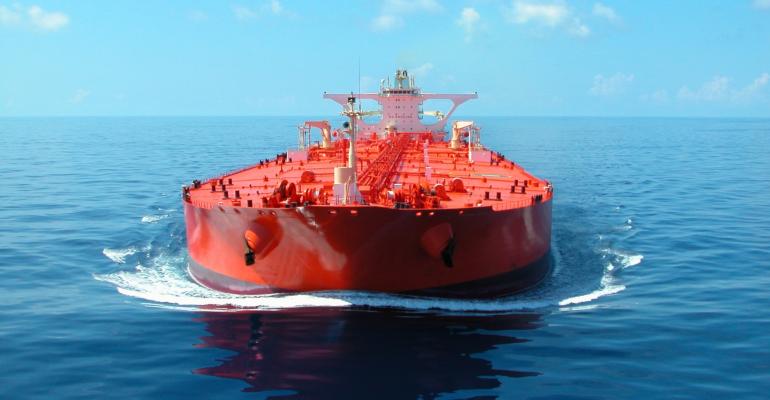At the Capital Link Shipping Forum, held in New York in late March, a number of analysts and shipowners had voiced the rosy opinions of “clear sailing” and “nothing can stop it”, when the discussions had turned to the tanker markets. However, the oil arena had other plans- in the days after the news emerged of a US governmental take-over of the SVB and Signature Banks, and fears of a looming recession, the spot price of WTI (the benchmark in the States) had dropped below $67 per barrel.
The announcement of an upcoming production cutback by OPEC members that could total more than 1 million barrels per day (bpd), half of which would come from pullbacks in Saudi Arabia’s output, in the coming month. As trading opened on the Monday following the announcement, the Brent and WTI benchmarks were both registering gains that pushed them up over $80 per barrel.
For the traded tanker shares, the outlook has now turned a bit more cautious, albeit in a highly nuanced way. Indeed, the OPEC move, done outside the mechanism of a formal meeting, appeared, in retrospect, to be a response to the recession fears emerging in the second half of March.
Analyst Ben Nolan, from broker Stifel wrote: “Things could not have been going more right for the tanker market. Demand has been strong, and the average voyage distance has grown due to the war in Ukraine, and most importantly supply growth is likely to be negative for a few years. In classic Murphy's Law fashion (anything that can go wrong will go wrong), shipping seems prone to misfortune…. fear turned into reality as this weekend OPEC+ announced a 1.1 million barrel cut in production led by Saudi Arabia and lasting from May through the end of the year.”
The analysts at Jefferies, led by Omar Nokta wrote that: “This is a negative development for tankers, though not a game-changer. This aggressive cut will lead to a significant decline in oil stockpiles in just a few months, bolstering the oil market outlook.”
Nokta and his crew went on to suggest: “VLCCs have see-sawed for the past year, with spot rates lagging those of other tanker segments due to inconsistent trade flow from the Middle East market. This is set to continue as the 1m bpd cut will be coming from Saudi Arabia, Iraq, UAE and Kuwait. VLCC spot rates recently breached the $100,000 per day mark, but have eased to a still-strong $75,000 per day currently (standard, non-eco).”
“Looking forward we expect lower cargo volume to impact VLCC demand and thereby put pressure on spot rates... Other segments are likely to outperform as VLCCs will feel the brunt of the OPEC cuts; mid-size tankers and product carriers remain in tight supply due to longer voyage distances and disruptions brought on by the EU ban on Russian crude oil and refined products.”
Stifel’s Nolan offered similar sentiments, writing that: “The impact of the cuts is likely to be largely felt by the VLCC market as virtually all the targeted volume is Middle East, i.e. VLCC territory. Furthermore, Russian oil production has tanker size limitations and with those volumes still going great distances, the Aframax and to a lesser extent Suezmax markets are likely to be more insulated. Underlying consumption and product tanker trading patterns are unlikely to be impacted, and OPEC members typically maintain high refinery utilization and exports with cuts coming to the crude business.”
Copyright © 2024. All rights reserved. Seatrade, a trading name of Informa Markets (UK) Limited.
Add Seatrade Maritime News to your Google News feed.  |

